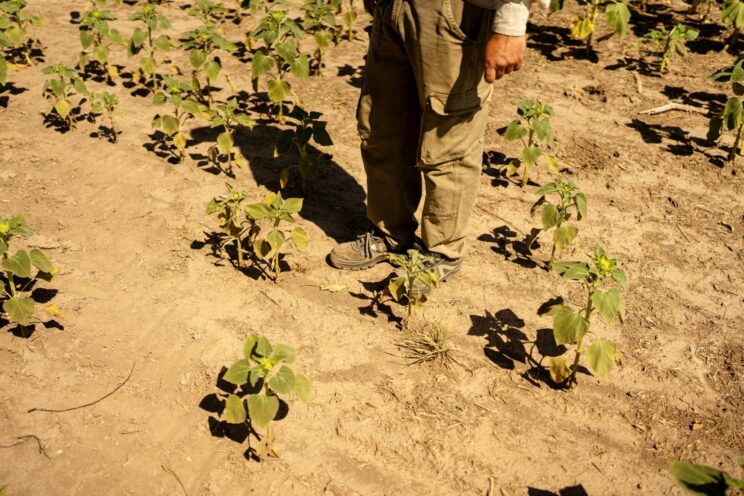By Chinasaokwu Helen okoro
In May, flooding across East Africa left at least 400 people dead, destroyed swathes of cropland and washed away livestock.
Just months after deadly floods, East Africa is likely to experience insufficient rainfall, highlighting the growing threat of climate change for a region with some of the world’s poorest economies.
There’s a “high likelihood” of the La Niña weather pattern over East Africa in the final quarter of the year, according to the IGAD Climate Prediction and Applications Centre.
The phenomenon is associated with below-average rainfall and drought conditions, especially over the Horn, the regional agency said in emailed response to queries.“The food security in the region is expected to deteriorate given other compounding risks such as conflict,” it said.
The adverse weather will likely weigh down on economies already stifled by multiple shocks including conflicts, instability and displacement of populations.
Africa’s borne the brunt of climate change despite contributing the least of the greenhouse gas emissions warming the planet.People in need of food aid are seen rising to as many as 130 million, or 11% of the population across nations tracked by the Famine Early Warning Systems Network.
The numbers will be highest in Yemen, Sudan, the Democratic Republic of the Congo, Nigeria and Ethiopia, according to the US-backed agency.
In May, flooding across East Africa left at least 400 people dead, destroyed swathes of cropland and washed away livestock. In 2022, the region suffered its worst drought in four decades, which fanned food inflation and stoked unrest in Kenya as citizens marched against the high cost of living.


